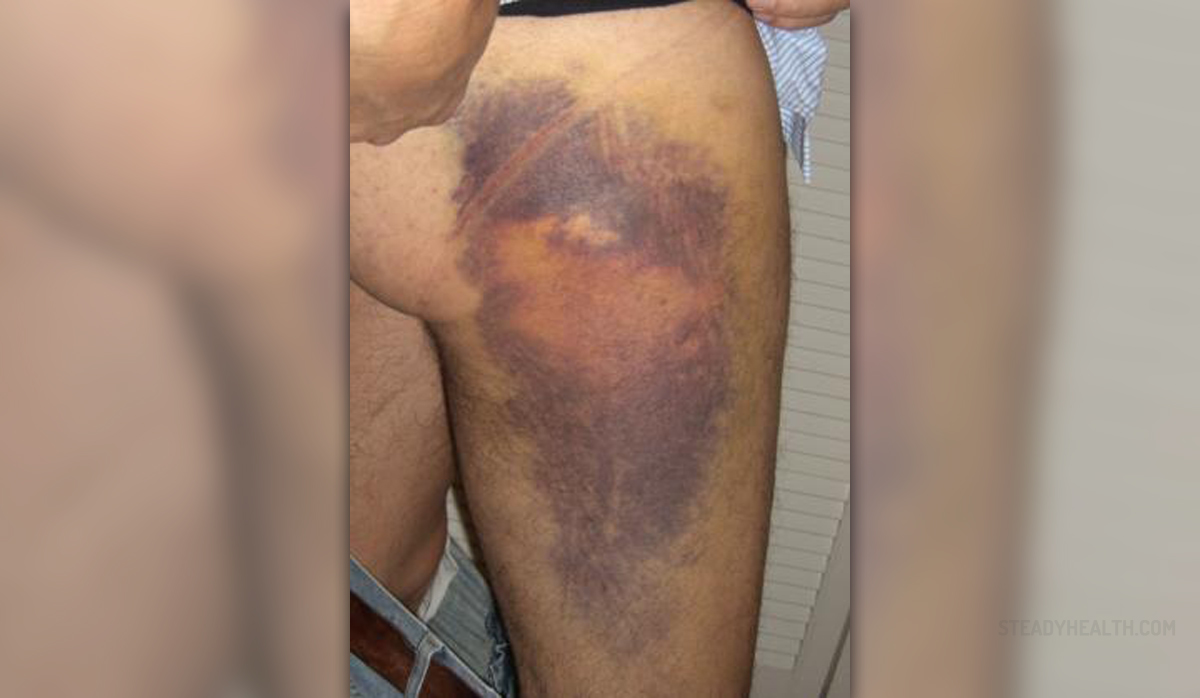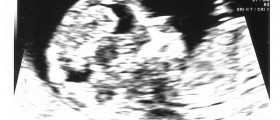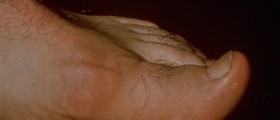Hematoma is a collection of clotted blood in an organ or tissue and it is caused by internal bleeding. It results from leakage of blood from the blood vessel wall. This can be due to a fall, accident or any injury that leads to hemorrhage.
The most common forms of hematoma are bruises and black eyes, but they may occur internally as well. In order to diagnose the condition, a doctor must check whether the bleeding is inter-muscular or intra-muscular.
Signs and Symptoms of Hematoma
Most commonly, hematoma presents in the form of a severe bruise. Collected blood can be noticed under the surface of the skin. Hematoma may sometimes appear similar to welts and the affected area of the body can be stiff and firm, which is a result of body response.
A blood sac is created by the body in order to prevent heavy external bleeding out of the blood vessels. This blood sac dissolves over time when the body breaks down the blood clot. In rare cases, the hematoma may grow and become painful to touch, which requires surgical removal. Hematoma travel into the connective tissue thereby the entire extremity can present discoloration and reduced mobility.
Hematoma Types
There are different types of hematoma that are classified upon their location in the body. Types of hematoma that are not serious include subcutaneous hematoma (bruises and contusions), subungual hematoma that occurs under a fingernail or toenail, hematoma auris that forms in the tissue of the outer ear, and perianal hematoma which can be seen under the skin surrounding the anus.
Subgaleal hematoma occurs due to bleeding in the space between the skull and scalp and in most cases result from vacuum-assisted delivery. Epidural hematoma is a serious type of hematoma that occurs due to trauma to the temple when blood accumulates outside the lining of the brain. Subarachnoid hematoma is a severe condition when the blood accumulates beneath the membrane that covers the brain.
- Generally, the incidence rate of SAH is about 6–7/100,000 person/year. However, Finland and Japan have higher incidence rates, about 20/100,000 person/year. The incidence rate of SAH in China has been reported to be 2/100,000 person/year. The mortality rate of SAH ranges between 32 and 67%.
- Recent researches show that early brain injury (EBI) is a major factor for high mortality and disability after SAH. EBI refers to the period from initial bleeding to the onset of delayed cerebral vasospasm (within 72 h after SAH).
- Since its discovery, an increasing amount of evidence have suggested that the Virchow-Robin space (VRS) may play an important role in material transportation, waste removal and acute brain pathologies. However, the specific mechanism has not been elaborated yet.
- In the early stages of SAH, hematoma components enter the cerebrospinal fluid (CSF) and flow into the VRS. In the VRS, the hematoma component thrombin promotes ADAM17 activation, which further cleaves CD163 to produce sCD163, which forms a complex with Hb that inhibits the oxidation of Hb to oxyhemoglobin. Subsequently, the Hb-sCD163 complex binds to IgG to form the Hb-sCD163-IgG complex.
Hematomas can be of size less than 3-4 mm in diameter but in some instances, they may be as big as the affected limb.
Treatment of Hematoma
Hematoma of the skin and soft tissue can be treated with ice or cold packs. This way hemorrhage and swelling can be also effectively treated. The bruised limb should be elevated to reduce the swelling. The affected limb should be allowed to rest. The application of a heating pad or warm towel can promote repair.
Pressure bandages can be also used to reduce hemorrhage and swelling. In case of infection that is commonly followed by fever, severe pain, and pus, the affected person must seek medical help.


















Your thoughts on this
Loading...